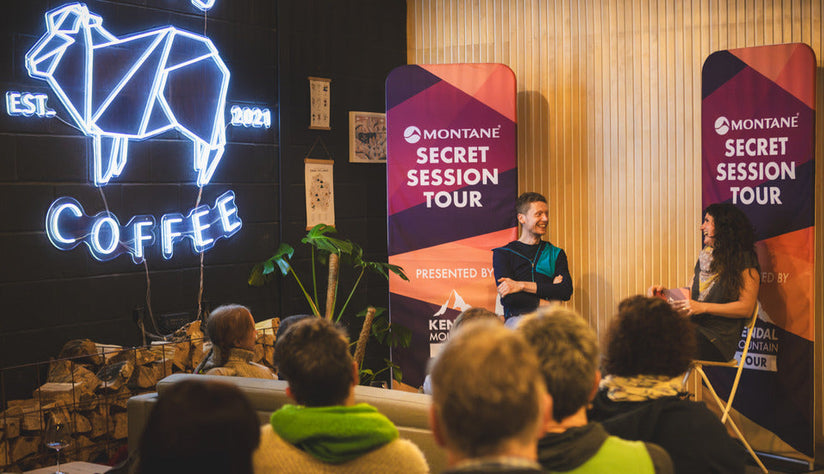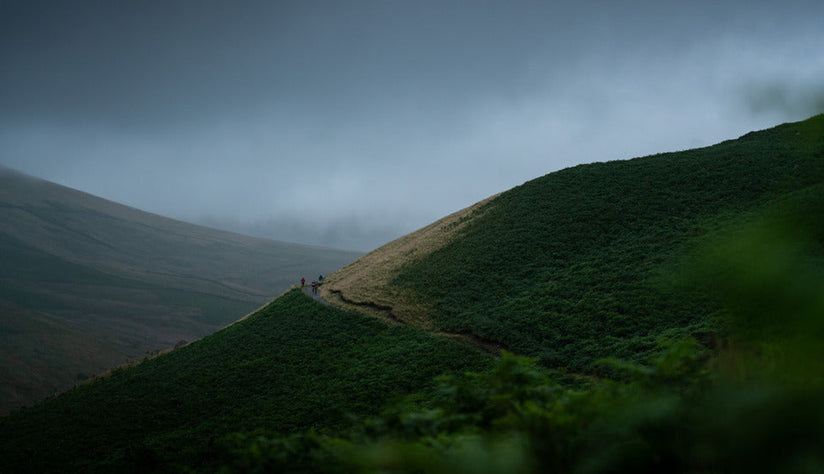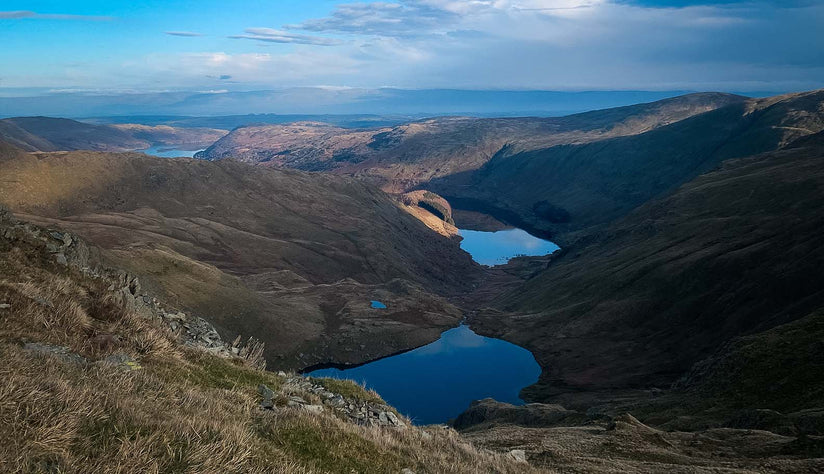Bouldering is one of the most fun and most natural forms of climbing. Trying your hardest, making cool moves on the limit of your ability, yet all the time at a comfortable distance above the ground. In the likely event that you fall off, you are faced not with Free Solo consequences of a many-moment flight down El Cap, but a short drop onto the comforting softness of a bouldering pad and a chance to try again. It requires minimal equipment and less of the experience demanded by other forms of climbing.
Is it any wonder it’s so popular?
Yet herein lies the issue. Its popularity. The strong and enthusiastic multitudes, cultured on the easy joy of an indoor wall, see bouldering as the same activity, only with fresh air and worse coffee. As such, it is easy to go bouldering with much the same mindset outside as in.
But hold on there, boulderer!
Our climbing and walking playgrounds are delicate and beautiful places and, if you engage in these activities, you will soon come to see that they take place in the most special places. Often away from the beaten tracks in magical spots where nature and geology have come together to alchemise together the boulders and crags that our sport depends on.
These places are very common; these places are extremely rare.
One of the main roles of the British Mountaineering Council is the safekeeping of these playgrounds. This might involve negotiating with a landowner to allow climbers to access their land. It might even involve the BMC buying it to stop it being lost. However, by far the most important factor in preserving the beauty, the access rights and the natural environment of these areas is the behaviour of climbers when they visit.
The BMC seeks to get climbers to think about their impact when they climb and boulder outside. To change their behaviour in small but important ways; to educate about issues that are often, at first, unobvious or invisible but once recognized, easily mitigated. Ultimately, to realise that going to these places and carrying out this wonderful activity is not a right but a privilege; that we share the same spaces with others and that by respecting the places and other users, our experience becomes richer. That these rocks, this land, this planet, while it belongs to others, also belongs to us all and that by caring for our places we secure them not just for ourselves but for the future.
Phew! All that aside, here are a few simple things to consider...

Wildlife
Wildlife is an incredibly important aspect and, as nesting birds are seldom an issue when you are attempting the blue problem on the 30-degree wall, it often is outside. In sensitive areas, the BMC can often agree a temporary ban on climbing, mostly to ensure fledglings are undisturbed. Look for information in your guidebook and check the RAD. The RAD is the BMC’s Regional Access Database and quickly gives up to date info on issues. Always follow the BMC’s advice in this. At the crag, continue to be aware of this issue. A common problem are uncontrolled dogs who can scare mothers away from nests or harass sheep. Please ensure this never happens. Do check The BMC’s Regional Access Database before you climb.
Don’t obstruct other users
Be thoughtful to other people using the environment for leisure or work. Only park in agreed parking areas. Never block a farmer’s gate. Don’t climb over delicate stone walls or wire fences, instead use gates or stiles. Don’t scatter your gear everywhere in an unsightly mess or in such a way it blocks footpaths. Watch don’t Ruffle Feathers on BMC TV.
Consider other people’s experience
It may be tempting to let loose a string of obscenities at blockbusting decibels when you slip off that sit start for the 101st time, but it may not add to the ambience for birdwatchers, landscape artists or young families. Perhaps mime your disappointment? That Bluetooth megaboom might perfectly soundtrack your traverse but is it what the young yogini wants to hear while downward-dogging. Your 4K drone might be capturing the action for your six subscribers (hi Mum!) but it’s not the silence the off-duty ambulance driver came to enjoy.
Respect the rock
Rock is valuable, beautiful and precious. Treat it as such. Don’t do anything that will damage or disfigure it. Many rocks, such as gritstone and sandstone, are porous. This means that when they get wet or damp they absorb moisture and this moisture weakens it. This weakness can have two consequences. Firstly, if pressure is put on a damp hold by standing or pulling on it, it may break, destroying the problem. Secondly standing or pulling can wear away the hard-outer skin, revealing softer rock below. This rock can then rapidly erode, again destroying the problem. So don’t climb on wet rock. Learn more about respecting the rock on the BMC’s dedicated page.
Minimise chalk use
A common habit is to overchalk problems. This is sometimes to dry holds (don’t! see above), applied as tick-marks to point out foot or hand holds, or simply just out of a habit of overchalking. The result is an ugly mess that is an eyesore for both other climbers and non-climbers. So try to avoid tick-marking, or make them minimal; don’t use too much chalk; and, when you are finished, use a very soft brush to erase as much chalk as possible. Watch this video to understand how you can respect the rock whilst Peak District Bouldering.
Leave no trace
The golden guideline. Never throw rubbish away in the countryside. Pack it out and put it in a bin. This goes for everything from finger tape to orange peel. Not only that, bring a bag and pick up any litter you see and pack it out. It’s not hard. Watch these respect the wild playlist films on BMC TV.
So there you go. A few things to think about for anyone venturing to start their journey in outdoor bouldering. It’s wonderful sport and one with lots to consider. But none of it is difficult and pretty soon becomes second nature making the experience for you, and others, so much better.
Feeling inspired?
This article was brought to you by the BMC (British Mountaineering Council), you can learn more about them on our dedicated page, as well as how you can support their conservation charity The Climate Project.
For those eager to get outside and explore the great outdoors, get the right kit and check out our specially designed climbing kit.















